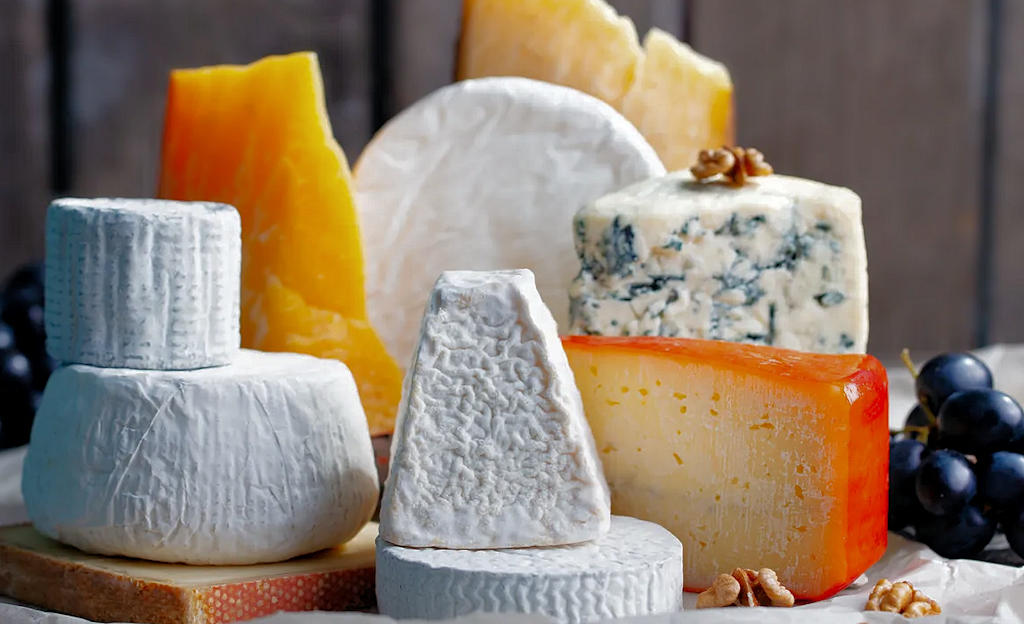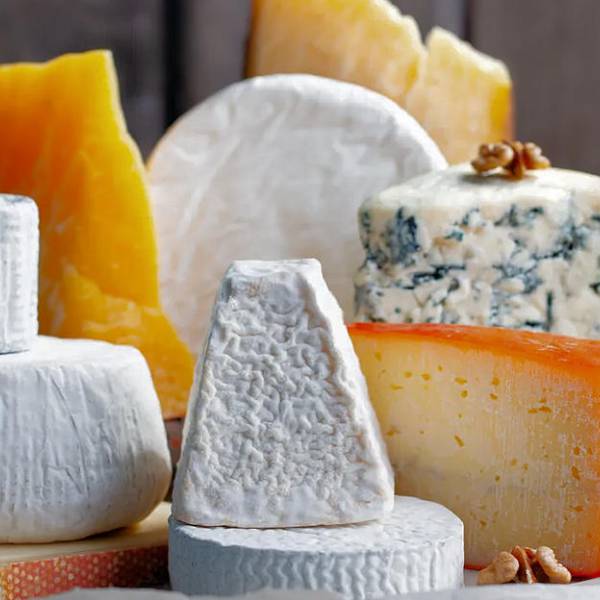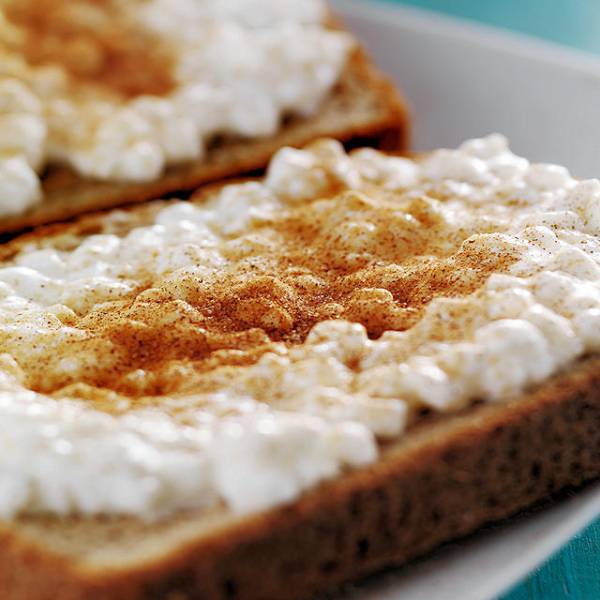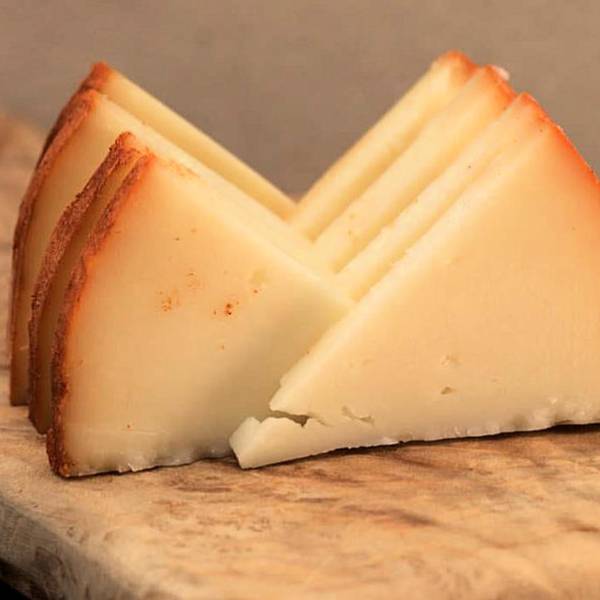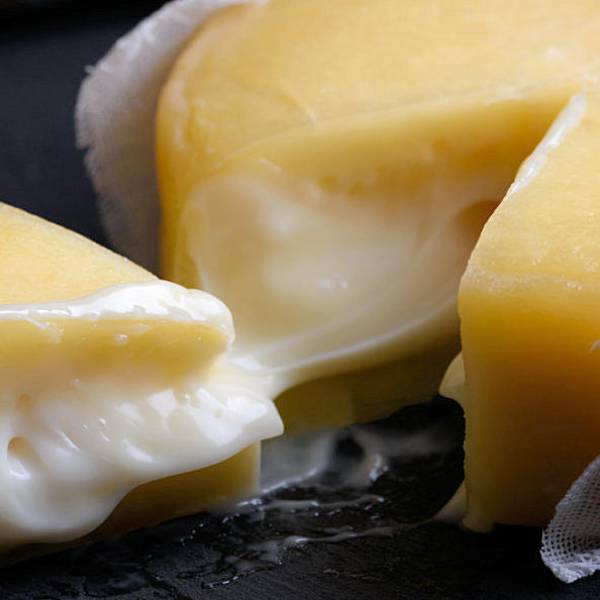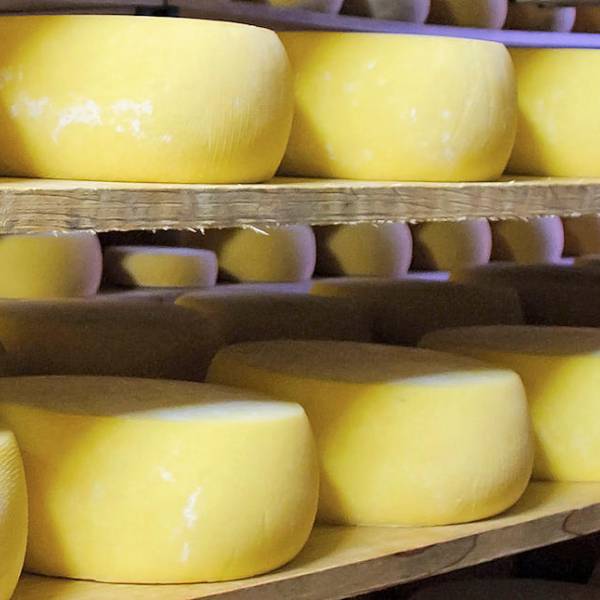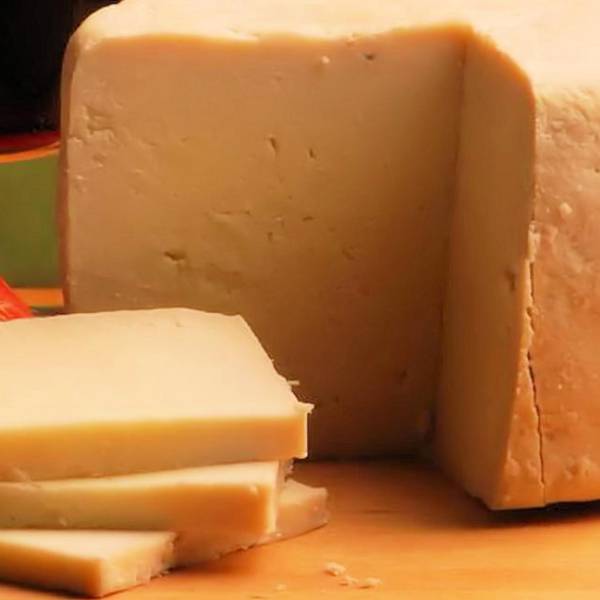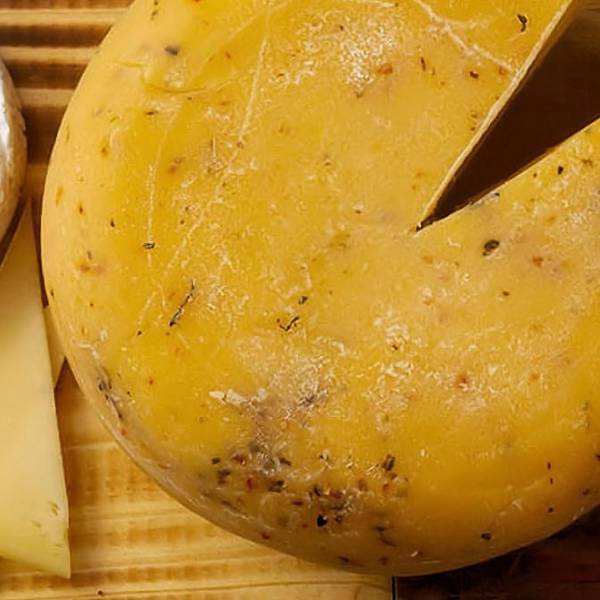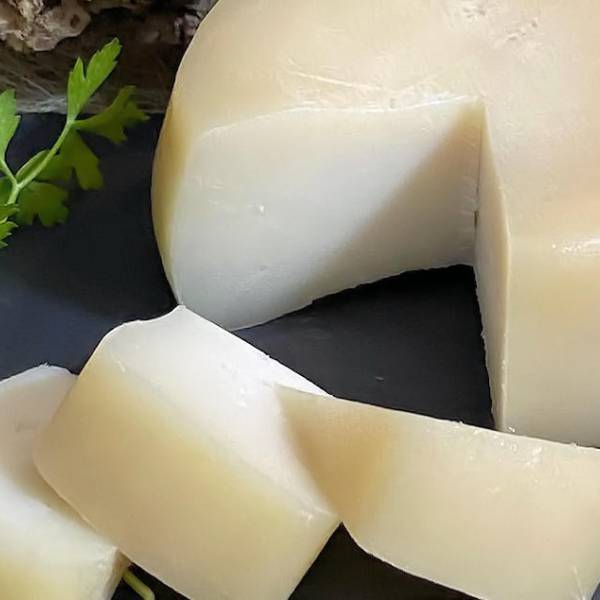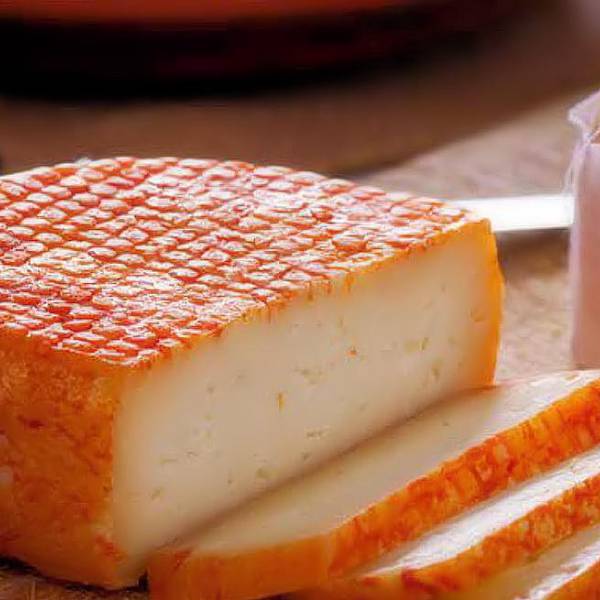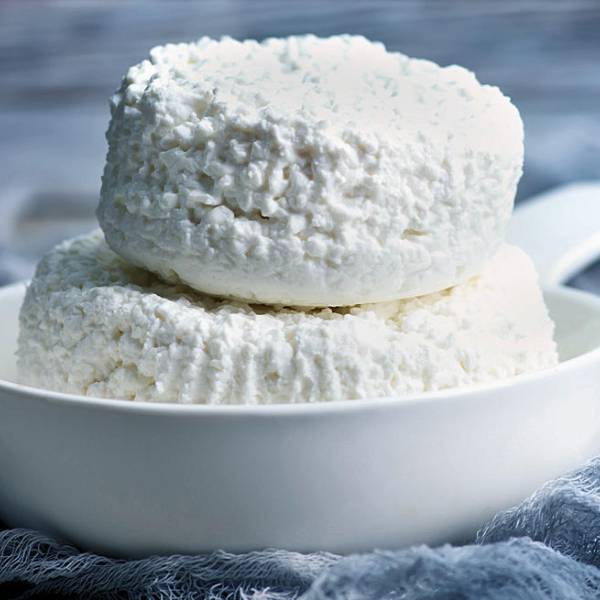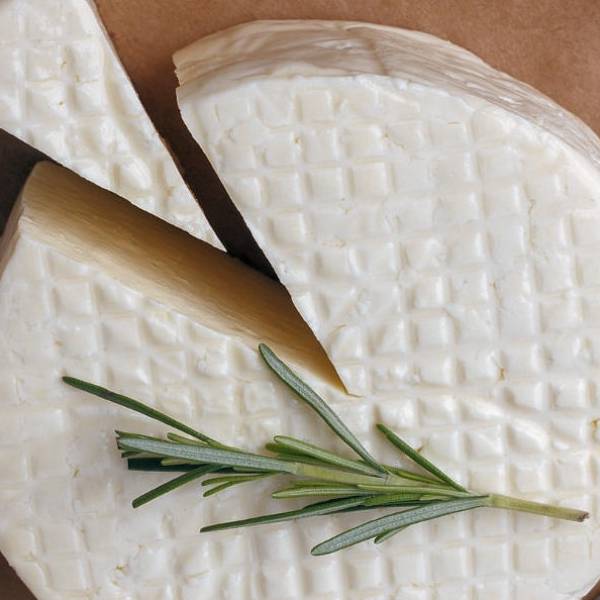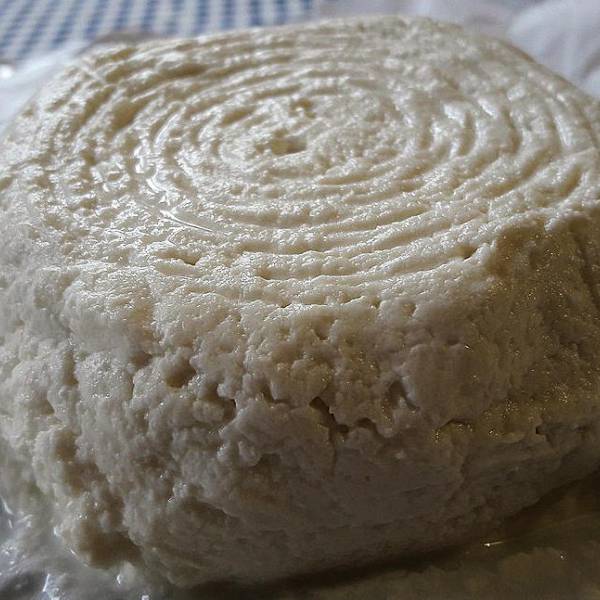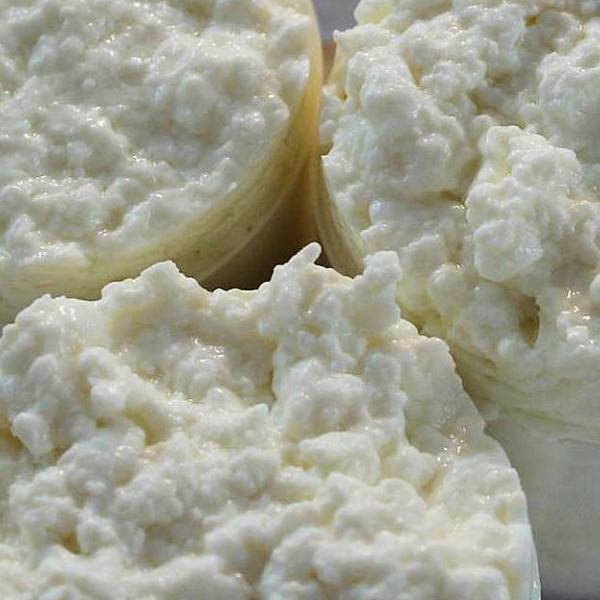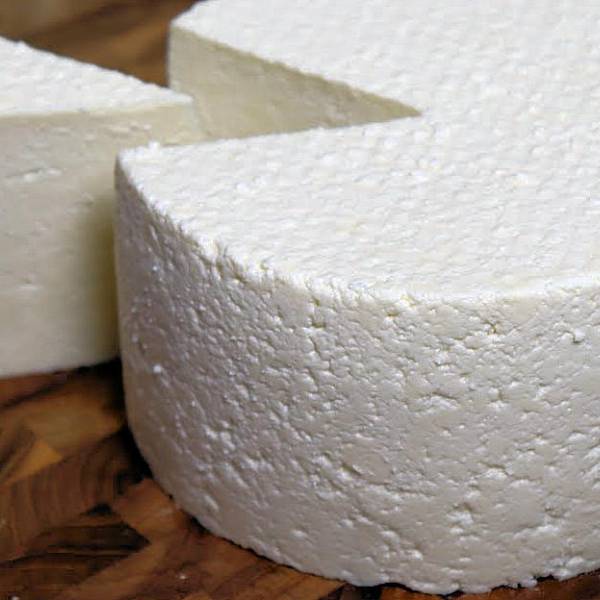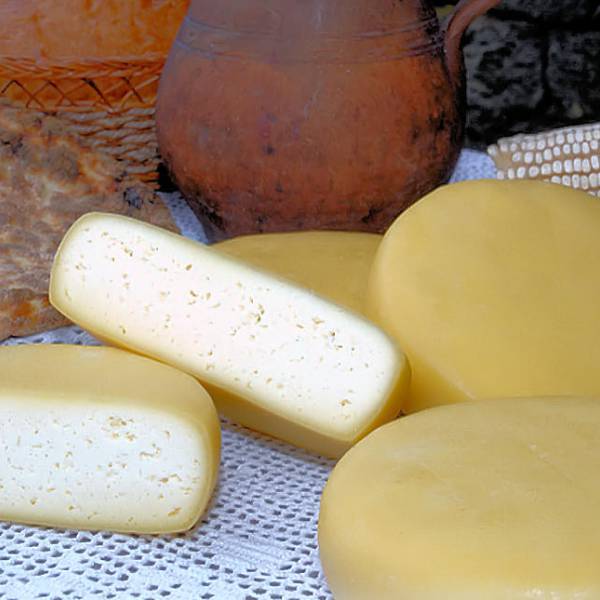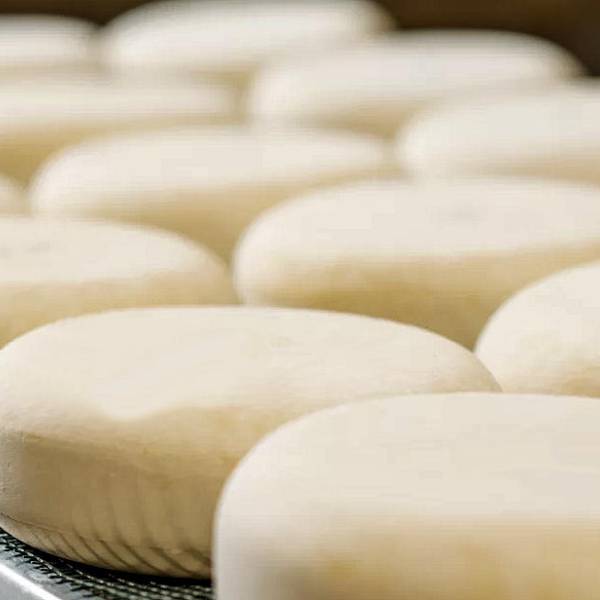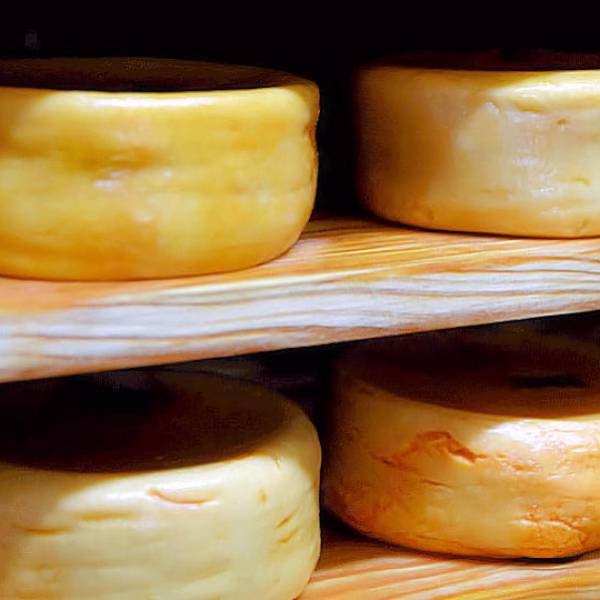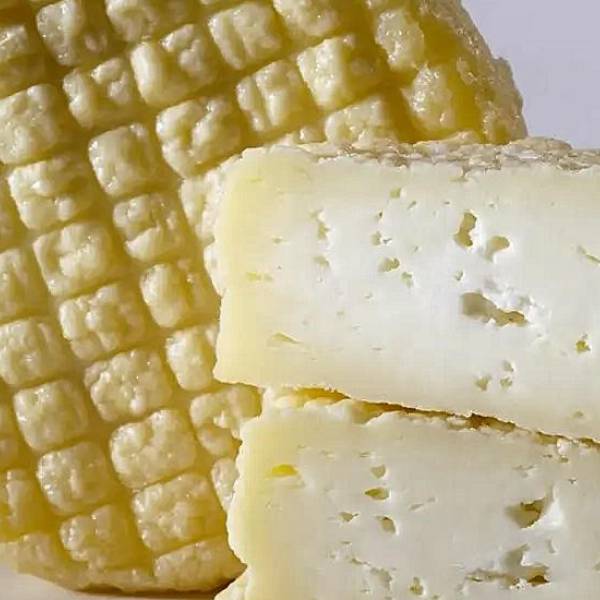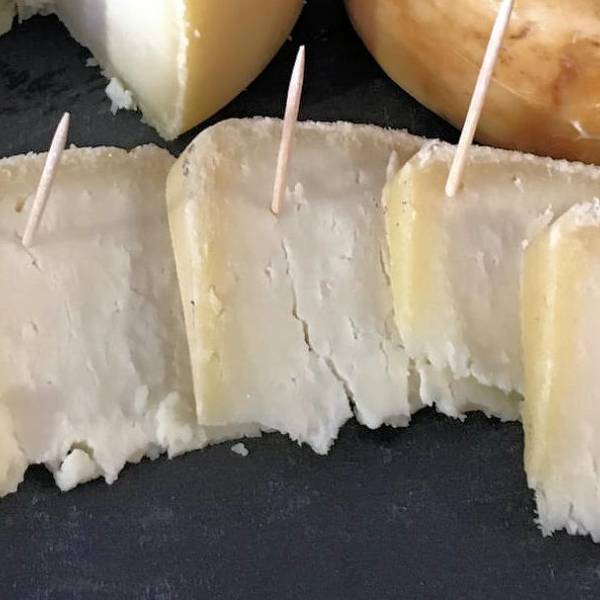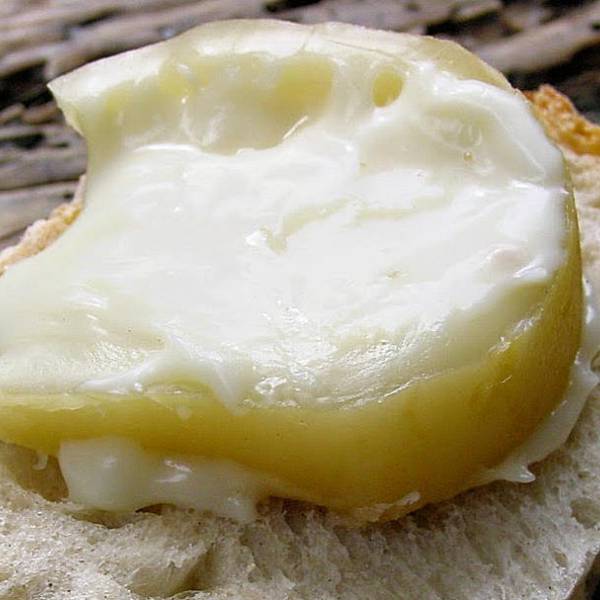The origins of cheesemaking in Portugal are not clear, but some evidence suggests that it dates back to the pre-Roman times, when the indigenous peoples of the Iberian Peninsula practiced pastoralism and made cheese from their animals’ milk. Later, the Roman occupation introduced new techniques and varieties of cheese, such as the pressed cheese that is still common in Portugal today. The Moorish invasion also left its mark on the cheese culture, especially in the south of the country, where cheeses tend to be softer and more aromatic.
The most significant development in the Portuguese cheesemaking history occurred in the 15th and 16th centuries, when Portugal embarked on its maritime expansion and colonization. The Age of Discoveries and discovery of new lands, such as Madeira, Azores, Brazil, and Africa, brought new opportunities and challenges for the cheese production. On one hand, the colonists had to adapt to the different climates and resources of their new territories, creating new cheeses with local ingredients and methods. On the other hand, the demand for cheese increased as a staple food for the sailors and explorers who needed durable and nutritious provisions for their long voyages.
For more detailed information and in-depth insights into each of the listed Portuguese cheeses, click on the respective links provided. Explore the origins, production methods, flavor profiles, and pairing suggestions for these diverse and delightful cheeses. Whether you're a cheese enthusiast or simply curious to learn more, these links will take you on a journey of discovery, helping you appreciate the rich tapestry of Portuguese cheese-making traditions. Expand your knowledge and indulge your taste buds as you delve into the world of these exceptional Portuguese cheeses.
1. Queijo Serpa:
Queijo Serpa is a traditional sheep's milk cheese from the Serpa region in Alentejo. It has a semi-soft texture and a buttery, tangy flavor. The cheese is typically aged for several months, allowing it to develop a distinct aroma and a slightly spicy undertone.2. Queijo Fresco da Beira Baixa:
Queijo Fresco da Beira Baixa, also known as Queijo Fresco de Mistura, is a fresh cheese made from a combination of cow's and sheep's milk. It has a creamy and mild taste, with a soft and slightly crumbly texture. This versatile cheese is often enjoyed on its own or used in salads and other dishes.3. Queijo do Pico:
Queijo do Pico is a unique cheese produced on the volcanic island of Pico in the Azores archipelago. It is made from raw cow's milk and has a semi-hard texture. The cheese is aged for a minimum of three months, resulting in a rich and complex flavor with hints of nuts and spices.4. Queijo de Azeitão:
Queijo de Azeitão is a small, soft cheese made from raw sheep's milk. It is produced in the Setúbal region and has a creamy and buttery texture. The cheese is often enjoyed spread on bread or paired with sweet preserves, allowing its delicate and slightly salty flavor to shine.5. Queijo de Évora:
Queijo de Évora is a traditional cheese from the Évora region in Alentejo. It is made from sheep's milk and has a semi-soft texture. The cheese is aged for a few months, developing a smooth and slightly sweet taste with a nutty undertone.6. Queijo Serra da Estrela:
Queijo Serra da Estrela is one of Portugal's most famous cheeses. It is a soft cheese from Estrela, made from raw sheep's milk and has a creamy and buttery texture. The cheese is typically aged for a minimum of 30 days, resulting in a rich and complex flavor. It is often enjoyed by scooping the cheese directly from its rind with a spoon.7. Queijo de Tomar:
Queijo de Tomar is a semi-hard cheese produced in the Tomar region. It is made from raw sheep's milk and has a slightly firm and crumbly texture. The cheese is aged for a few months, developing a tangy and full-bodied flavor.8. Queijo São Jorge:
Queijo São Jorge is a renowned cheese from the Azores, specifically the island of São Jorge. It is made from raw cow's milk and has a semi-hard texture. The cheese is aged for at least three months, resulting in a strong and slightly spicy flavor with hints of fruit and nuts.9. Queijo de Nisa:
Queijo de Nisa is a traditional cheese from the Nisa region in Alentejo. It is made from raw sheep's milk and has a semi-soft texture. The cheese is aged for a few months, acquiring a rich and complex flavor with a slightly spicy and earthy profile.Lisbon.vip Recommends
10. Queijo de Castelo Branco:
Queijo de Castelo Branco is a semi-soft cheese made from raw sheep's milk. It has a smooth and creamy texture and a mild and slightly tangy flavor. The cheese is often enjoyed as a table cheese or used in cooking.11. Queijo Picante da Beira Baixa:
Queijo Picante da Beira Baixa is a spicy cheese made from raw sheep's and goat's milk. It has a firm and crumbly texture and is aged for several months to develop its distinctive piquant flavor. This cheese adds a bold kick to cheese boards and culinary preparations.12. Queijo Amarelo da Beira Baixa:
Queijo Amarelo da Beira Baixa, also known as Queijo da Beira Baixa, is a semi-hard cheese made from raw sheep's and goat's milk. It has a smooth and compact texture and a slightly salty and tangy flavor. The cheese is often enjoyed on its own or used in cooking.13. Travia da Beira Baixa:
Travia da Beira Baixa is a traditional Portuguese cheese made from raw sheep's milk. It has a semi-hard texture and a rich and slightly spicy flavor. The cheese is often aged for several months, resulting in a complex and robust taste.14. Queijo Rabaçal:
Queijo Rabaçal is a semi-soft cheese produced in the Rabaçal region. It is made from raw sheep's and goat's milk and has a creamy and slightly tangy taste. The cheese is typically aged for a few months, developing a distinctive and enjoyable flavor.15. Queijo de Cabra Transmontano:
Queijo de Cabra Transmontano is a goat cheese from the Trás-os-Montes region. It has a semi-hard texture and a mild and slightly acidic flavor. The cheese is often enjoyed on its own or used in salads and other dishes.16. Queijo Fresco de Cabra Transmontano:
Queijo Fresco de Cabra Transmontano is a fresh goat cheese from the Trás-os-Montes region. It has a soft and creamy texture and a delicate and slightly tangy flavor. This cheese is perfect for spreading on bread or crackers.17. Queijo Fresco do Alentejo:
Queijo Fresco do Alentejo is a fresh cheese made from cow's milk. It has a soft and slightly crumbly texture, and a mild and creamy flavor. This cheese is often enjoyed as a table cheese or used in cooking.18. Queijo Terrincho:
Queijo Terrincho is a semi-hard cheese produced in the Trás-os-Montes region. It is made from raw sheep's milk and has a firm and slightly granular texture. The cheese is aged for several months, developing a robust and nutty flavor.19. Queijo Fresco de Azeitão:
Queijo Fresco de Azeitão is a fresh cheese made from sheep's milk. It has a soft and creamy texture and a mild and slightly tangy flavor. This cheese is often enjoyed spread on bread or paired with sweet preserves.20. Queijo Mestiço de Tolosa:
Queijo Mestiço de Tolosa is a unique cheese made from a combination of sheep's and goat's milk. It has a semi-hard texture and a complex and slightly tangy flavor. The cheese is often aged for several months, resulting in a distinctive taste.21. Requeijão:
Requeijão is a creamy and spreadable cheese made from whey. It has a smooth and soft texture and a mildly sweet and tangy flavor. This cheese is often enjoyed on its own, used as a filling for pastries, or incorporated into recipes.These Portuguese cheeses offer a tantalizing array of flavors and textures, representing the diverse regions and traditions of the country. From the creamy Queijo de Azeitão to the piquant Queijo Picante da Beira Baixa, each cheese tells a story and reflects the unique characteristics of its origin. So, the next time you have the opportunity, delve into the world of Portuguese cheeses and savor the incredible diversity and quality that this country has to offer.


